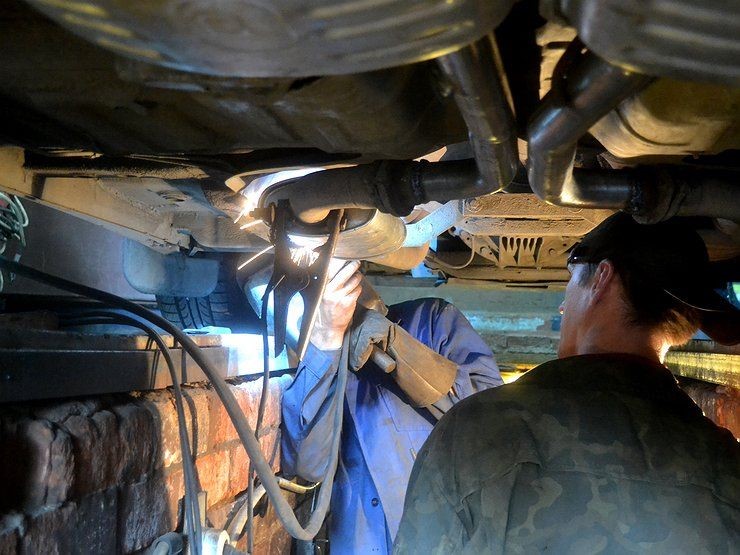
Failed catalysts are in great demand in the secondary market. The price often depends on the vehicle brand, because different manufacturers use different materials when producing this part. The Audi catalytic converter cost is also determined by the residual amount of platinum group metals in a failed converter.
As a rule, the catalytic converters of this vehicle brand are highly valued by scrap dealers. By selling an out-of-service part, you can compensate some of the cost of a new part.
But how to figure out whether the catalytic converter has exhausted its resource? And what signs in the vehicle behavior precede will be noticeable before its failure? Let us discuss this topic below.
Causes of catalytic converter failure
First of all, vehicle users need to understand that a catalytic converter is a kind of filter. Due to its features, the converter clogs up over time and this is a completely logical process. Therefore, the average service life of a catalytic converter is estimated to be 60,000 to 95,000 miles.
However, there are factors that cause to a significant decrease in the service life of this part. The main ones include:
- low-quality fuel;
- issues with ignition system;
- mechanical damage.
Low-quality fuel
Low-quality fuel produces more soot during combustion, and various unburned trace elements settle on the catalytic converter walls, thus clogging up narrow channels. As the result, the throughput of the exhaust system is reduced, and the level of back pressure on the engine pistons increases. This is the reason for one of the symptoms of the catalytic converter malfunction, i.e. increased fuel consumption.
Filling the vehicle with leaded gasoline has a very negative effect on the durability of the catalytic converter. If you use such fuel, be prepared for the imminent failure of the converter. Leaded gasoline, when burned, emits large amounts of lead, which can coat the catalytic layer and the catalytic converter will no longer serve its purpose.
It is not recommended to use different additives for the fuel system on a frequent basis. These elements also clog the catalytic converter and accelerate its failure.
Ignition misses
Ignition malfunction is another factor affecting catalytic converter useful life. If the fuel does not burn out completely in the engine cylinder, it can burn out in the exhaust pipe. This greatly increases the temperature in the catalytic converter and heats it to a critical temperature. Because of this, the catalytic layer melts, so the part immediately becomes unusable, and it also needs to be replaced.
In addition, unburned fuel can detonate in the exhaust system. And since the inner block of the catalytic converter is made of ceramic, it can crack or be destroyed.
Mechanical damage to the catalytic converter is dangerous for the engine. Small pieces of ceramic can enter the cylinders and damage the engine parts.

